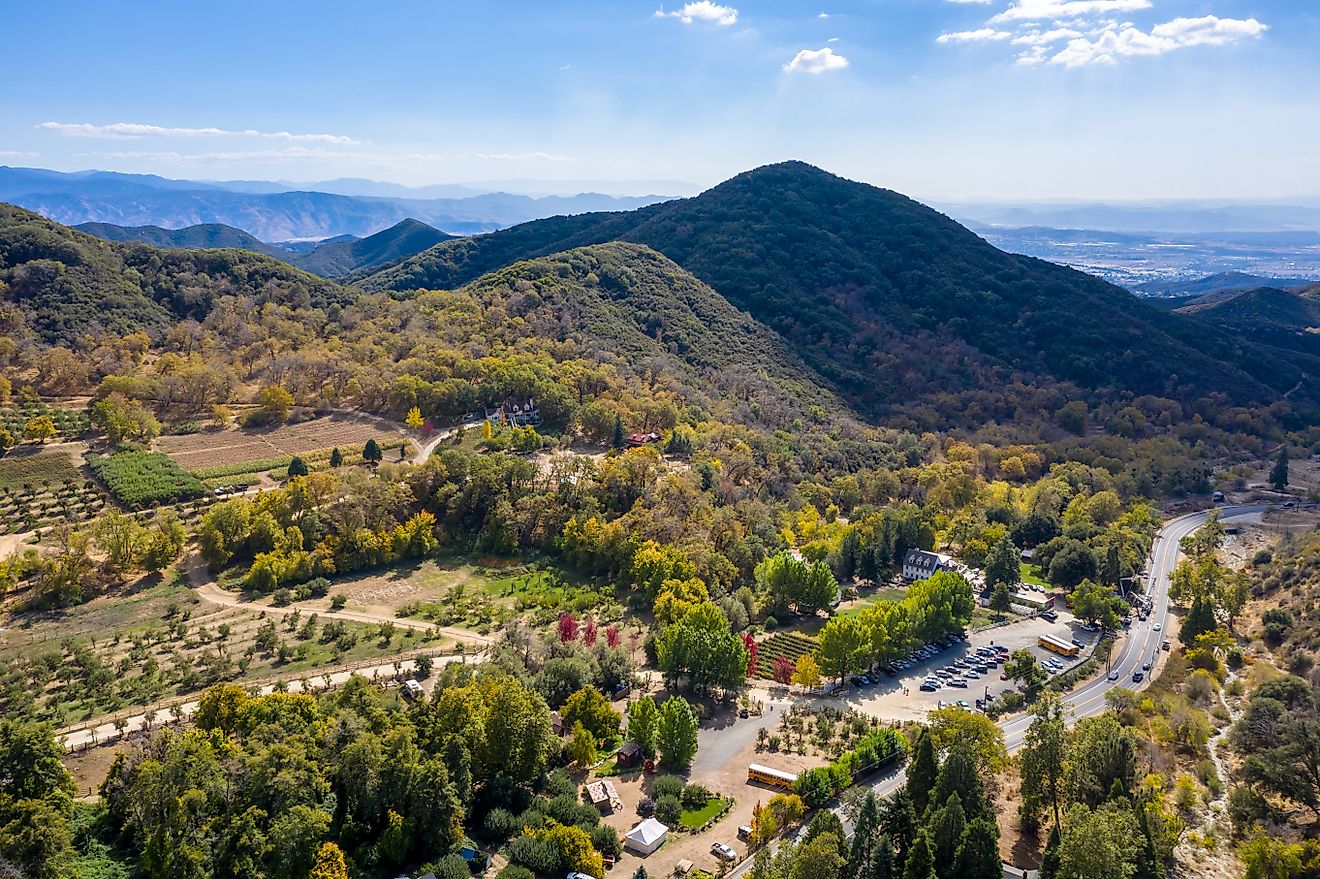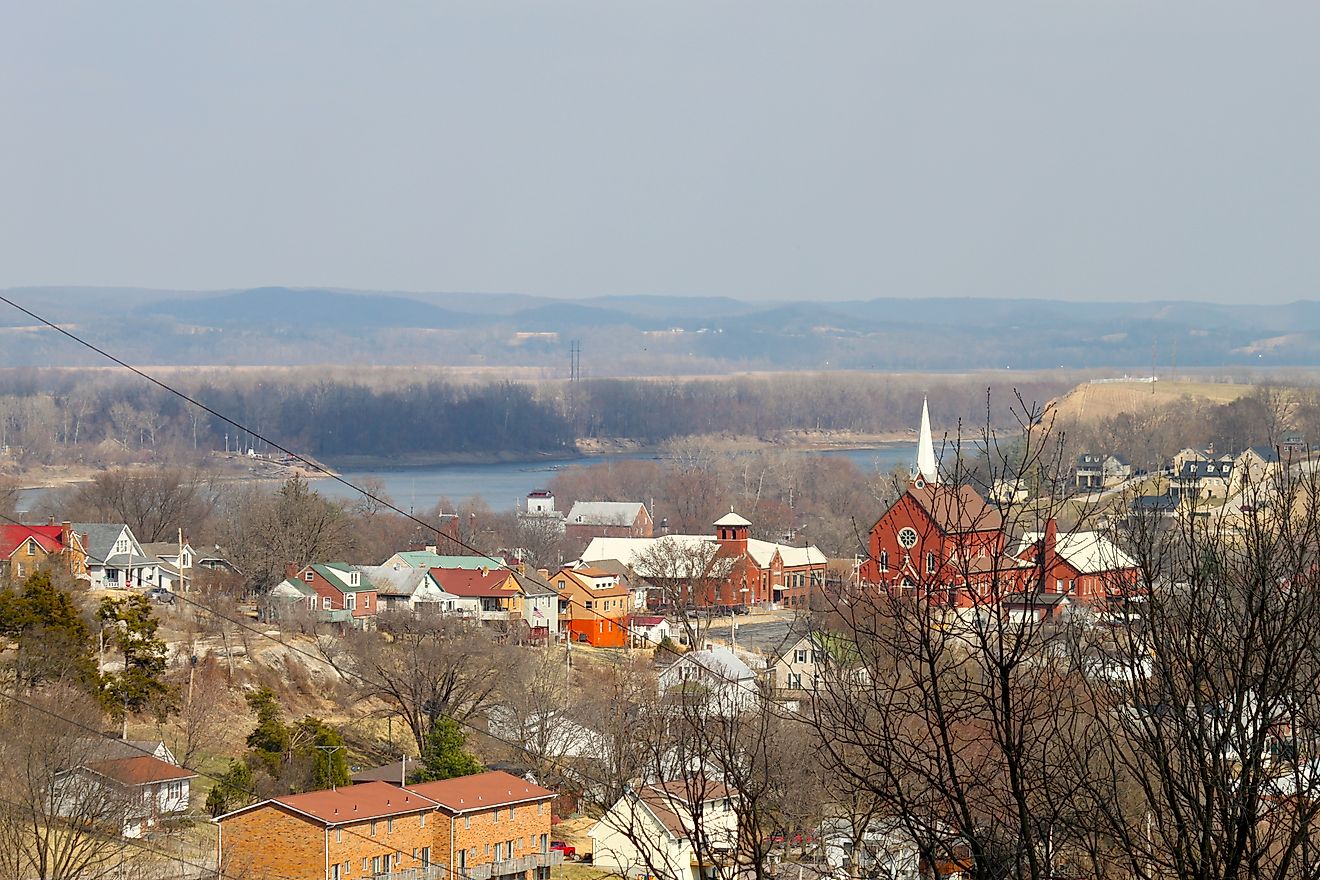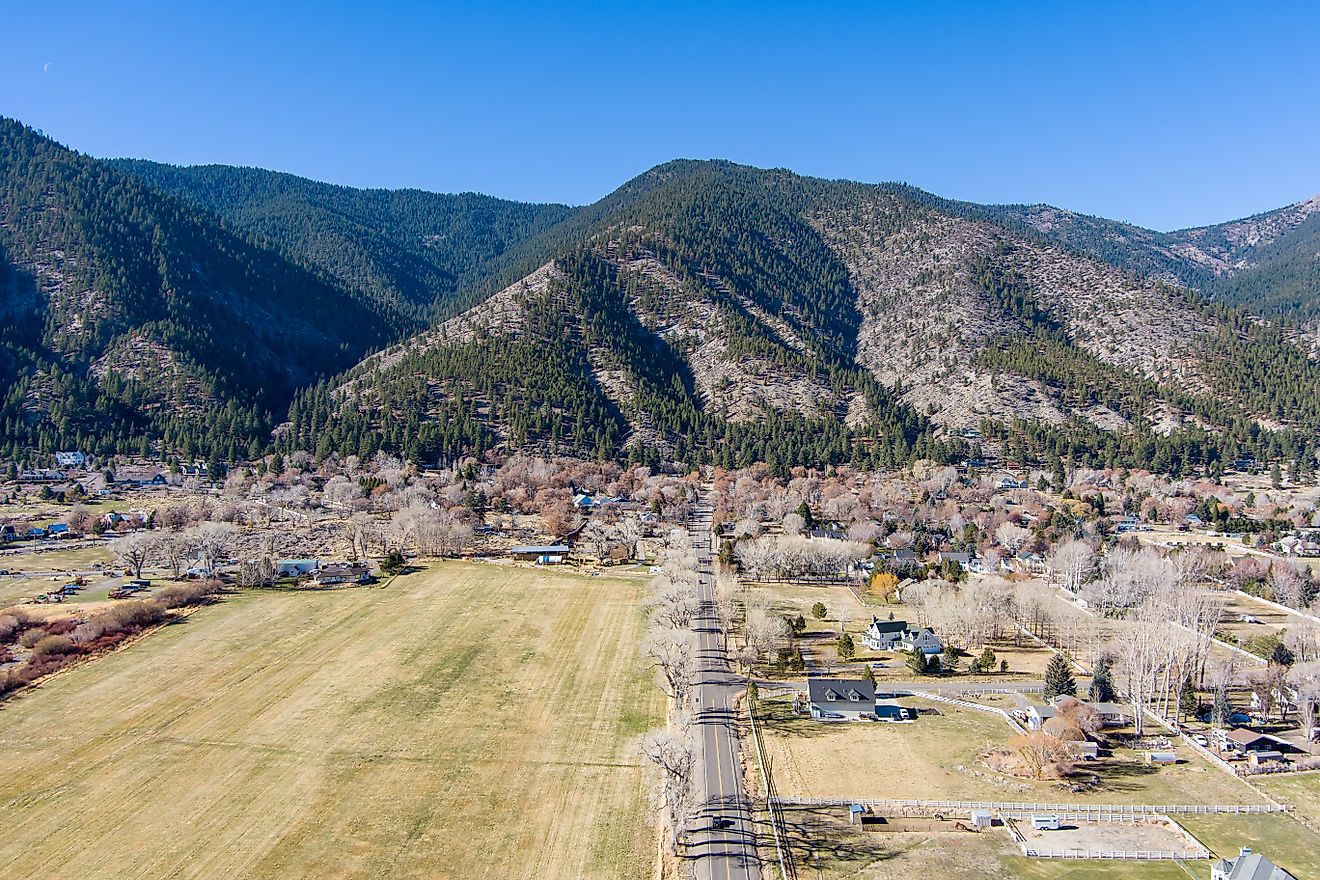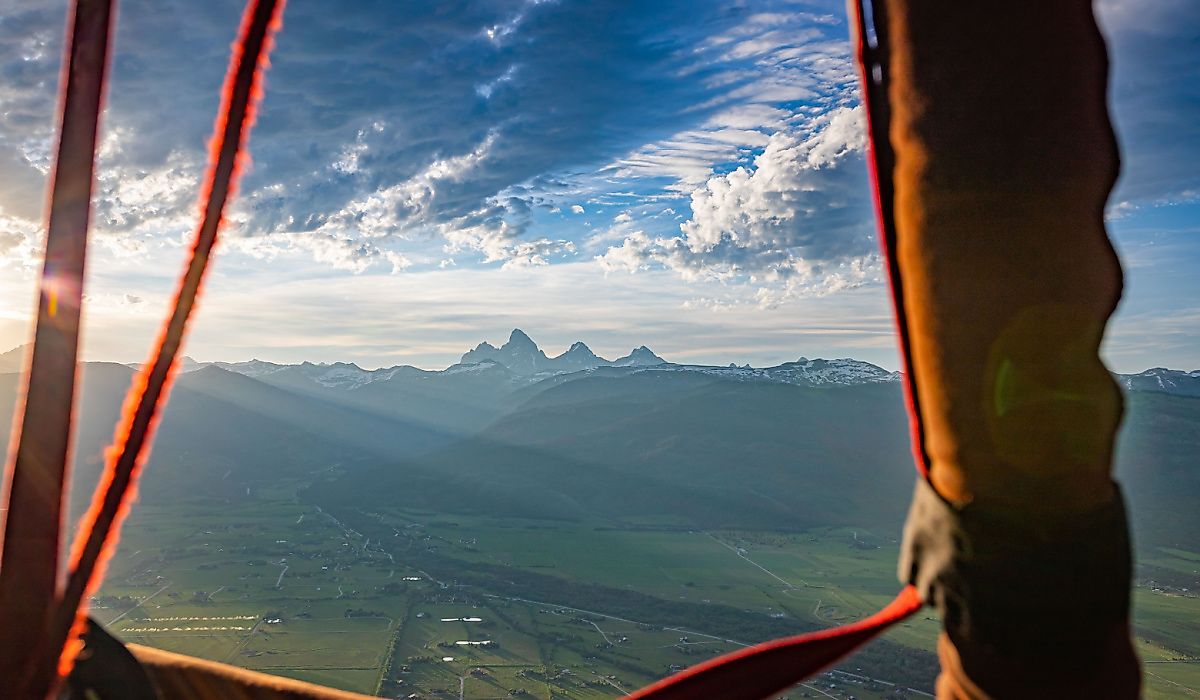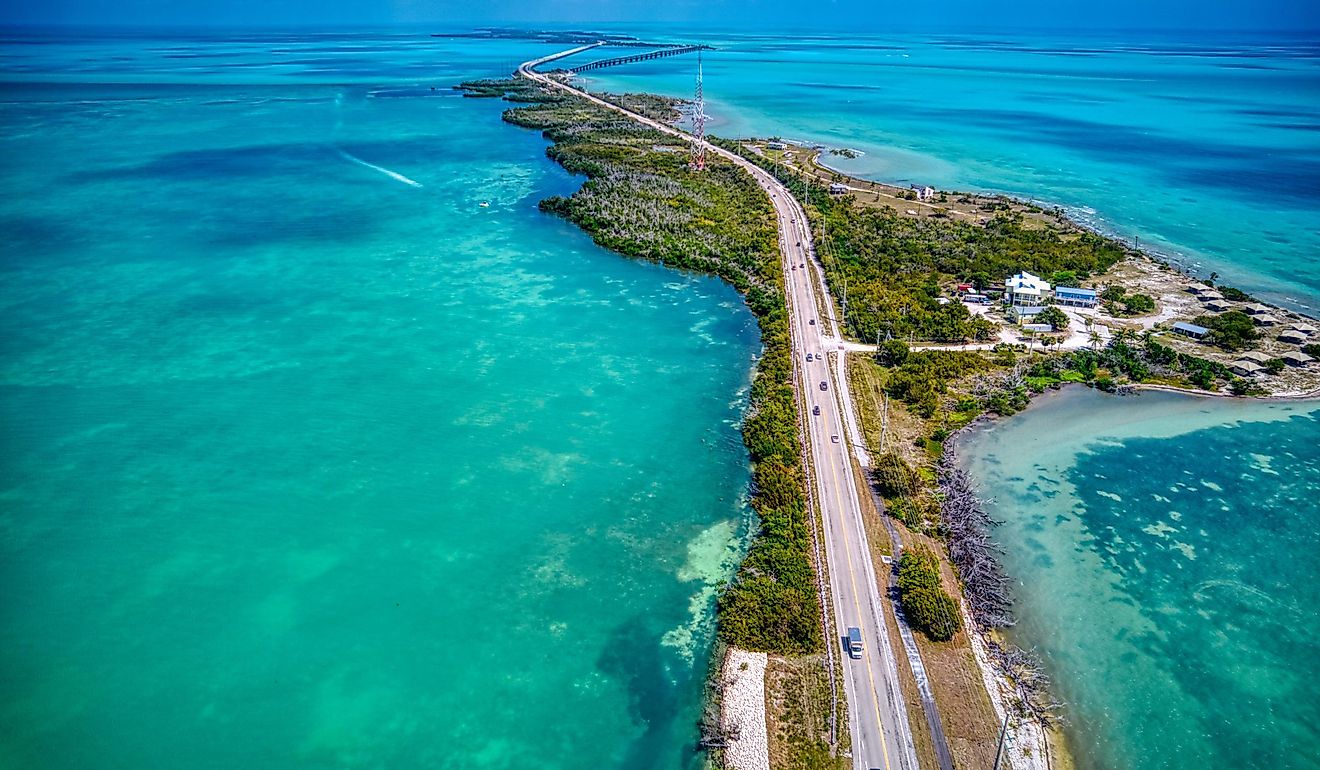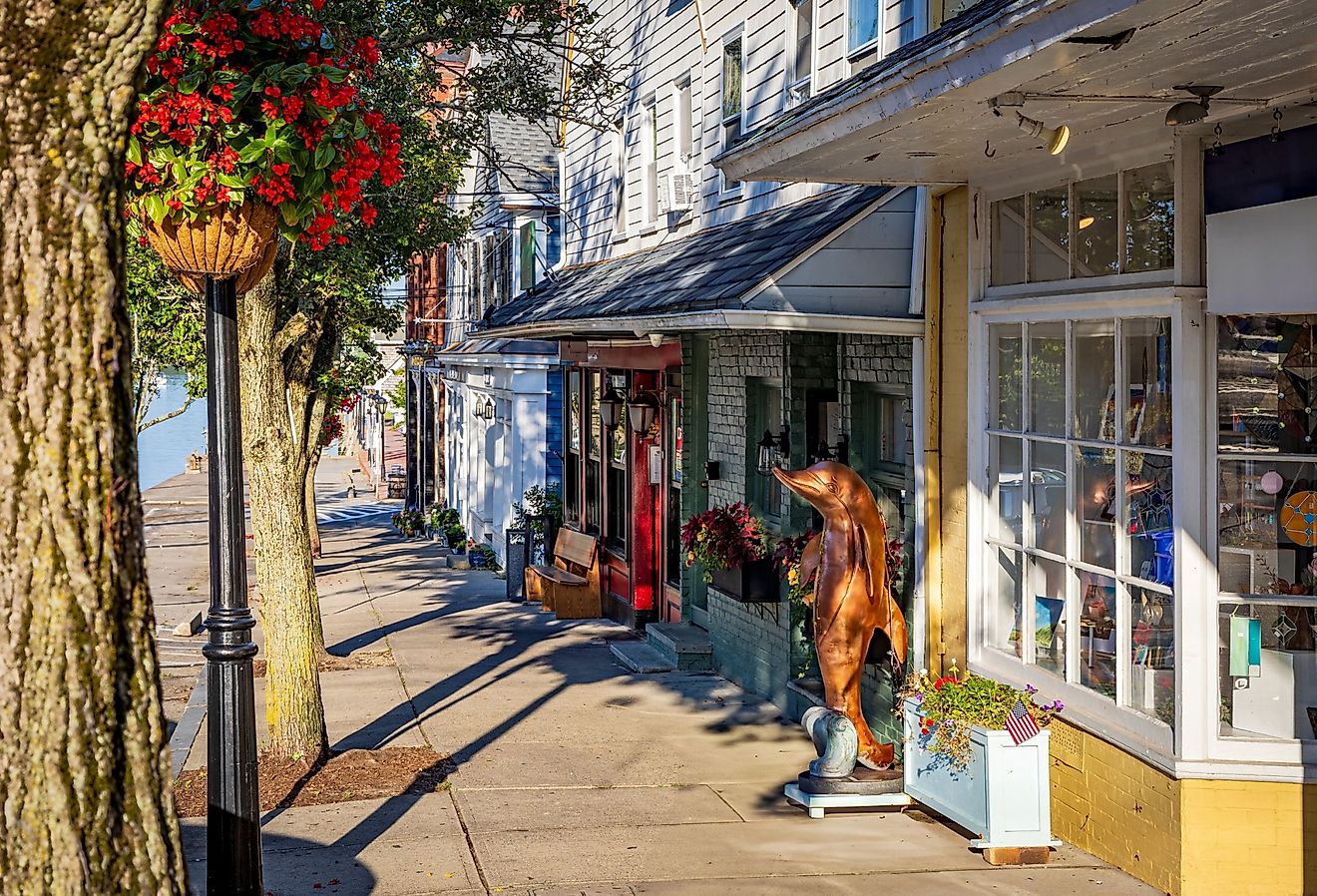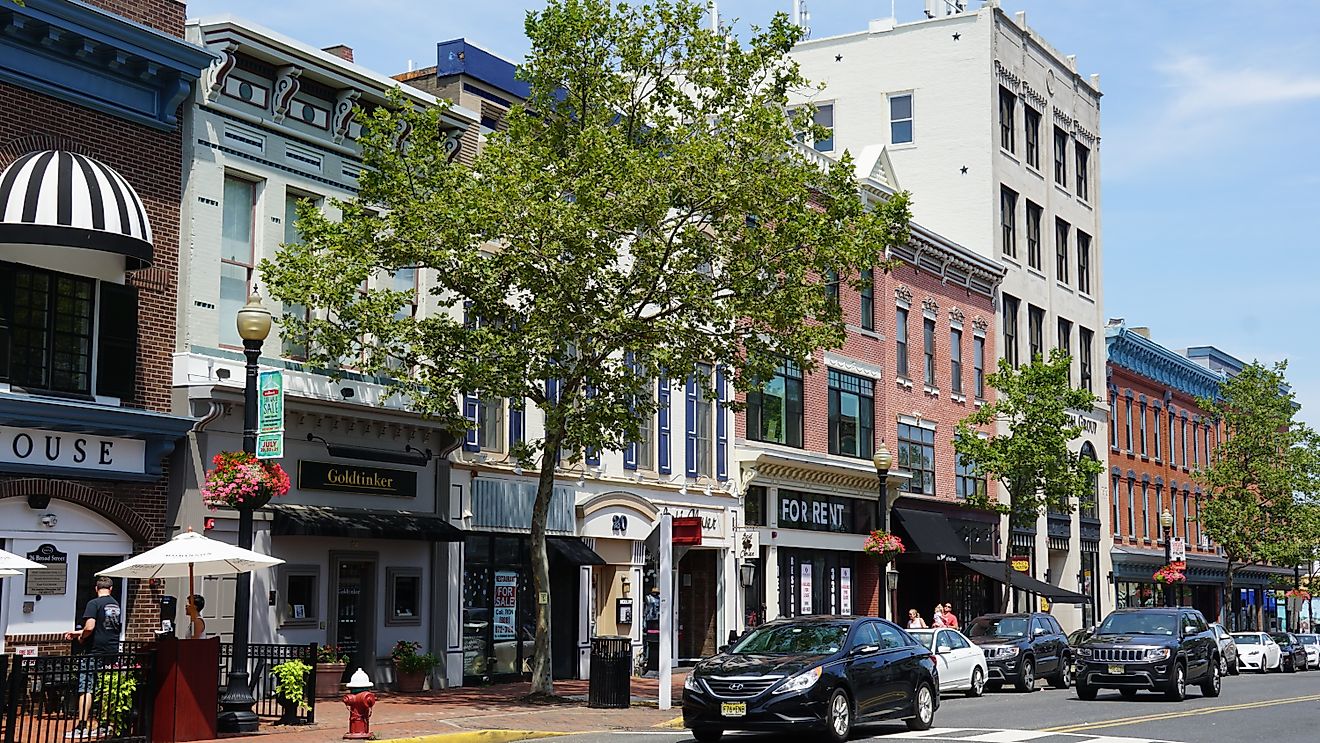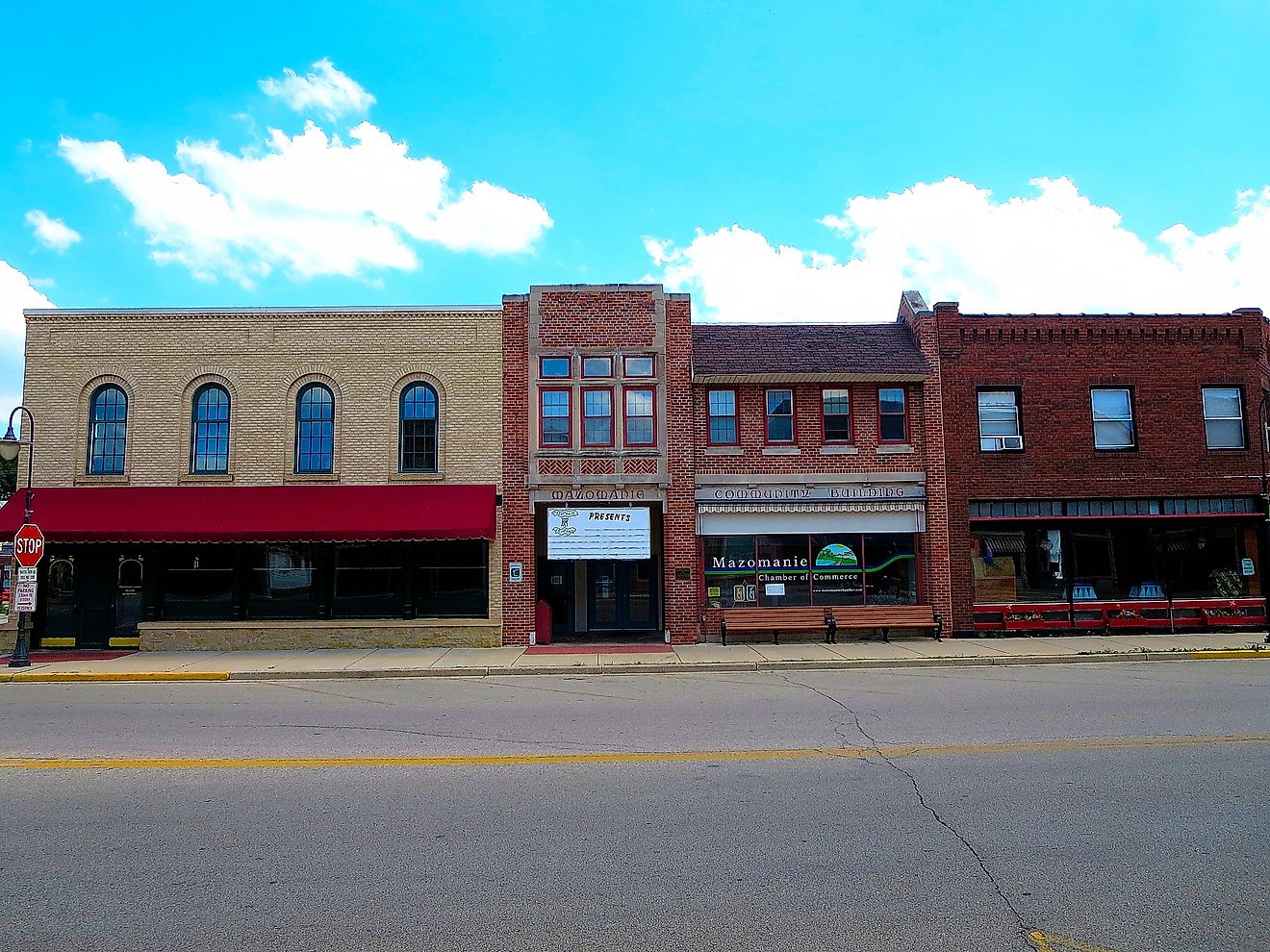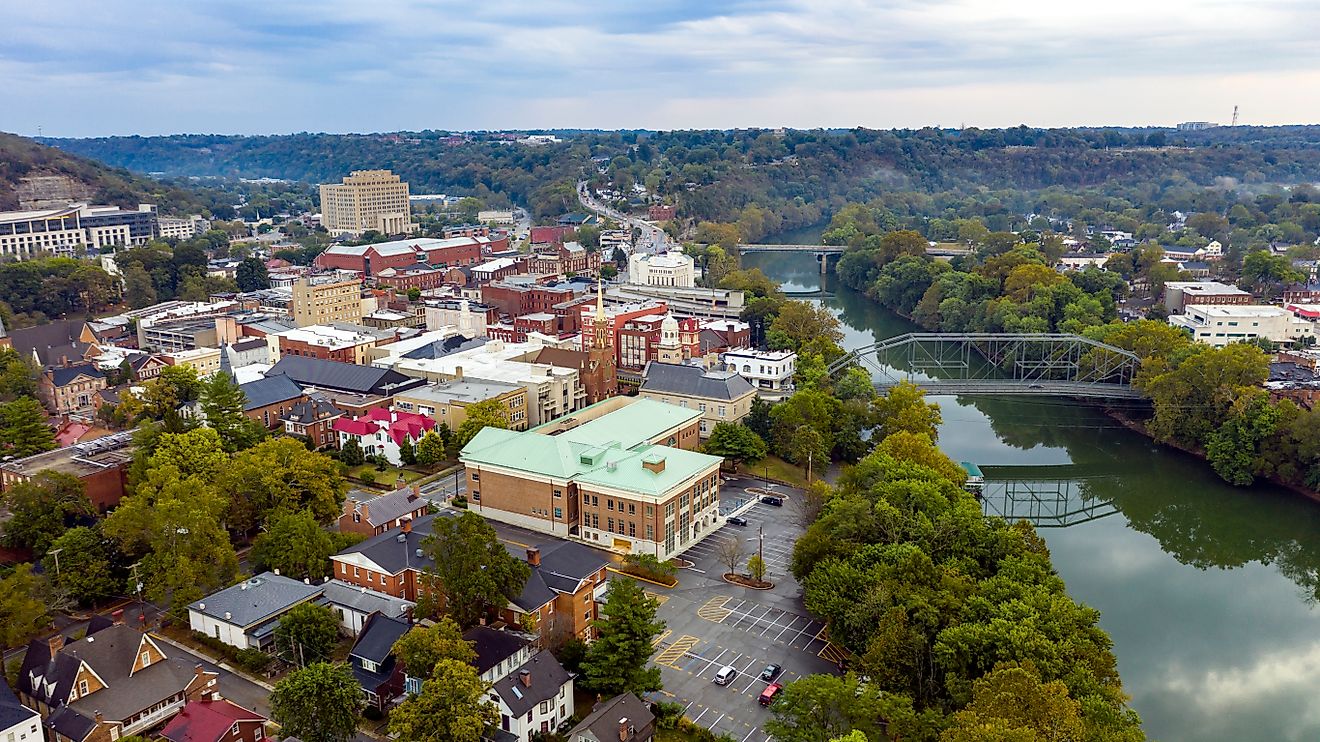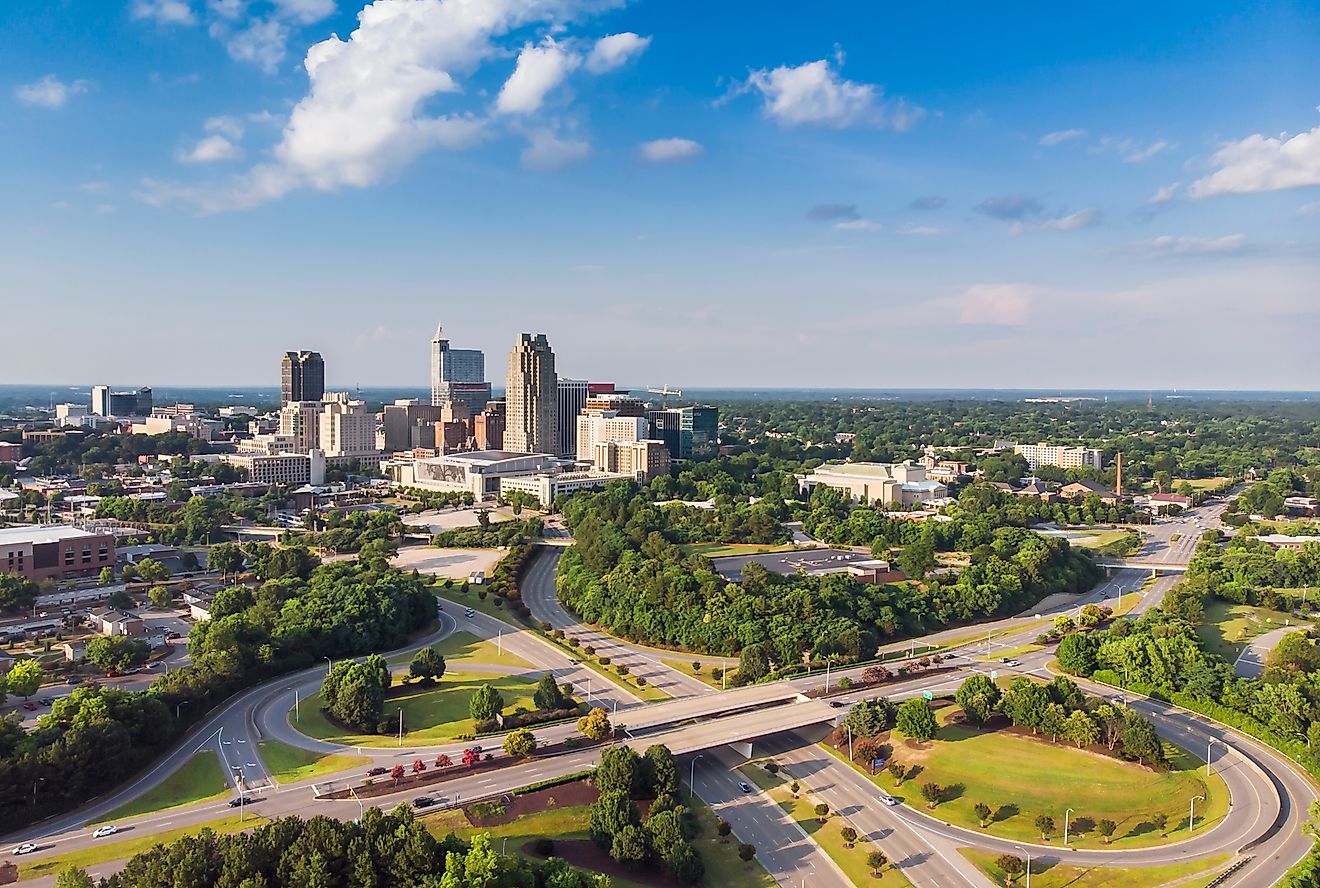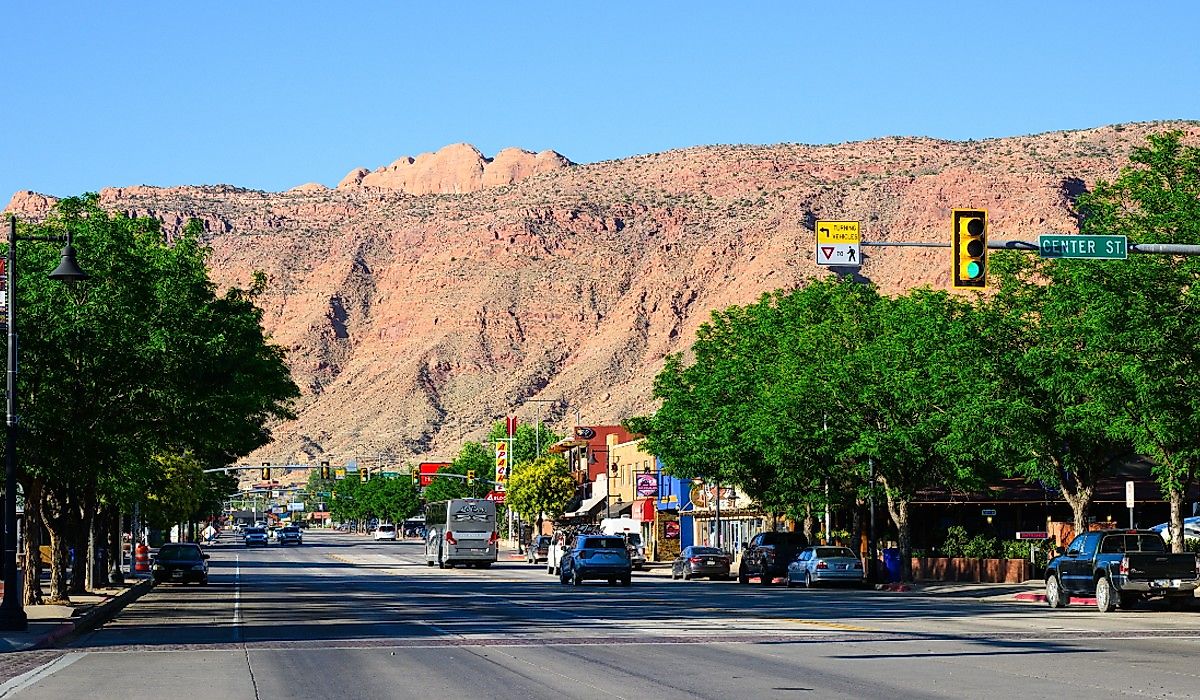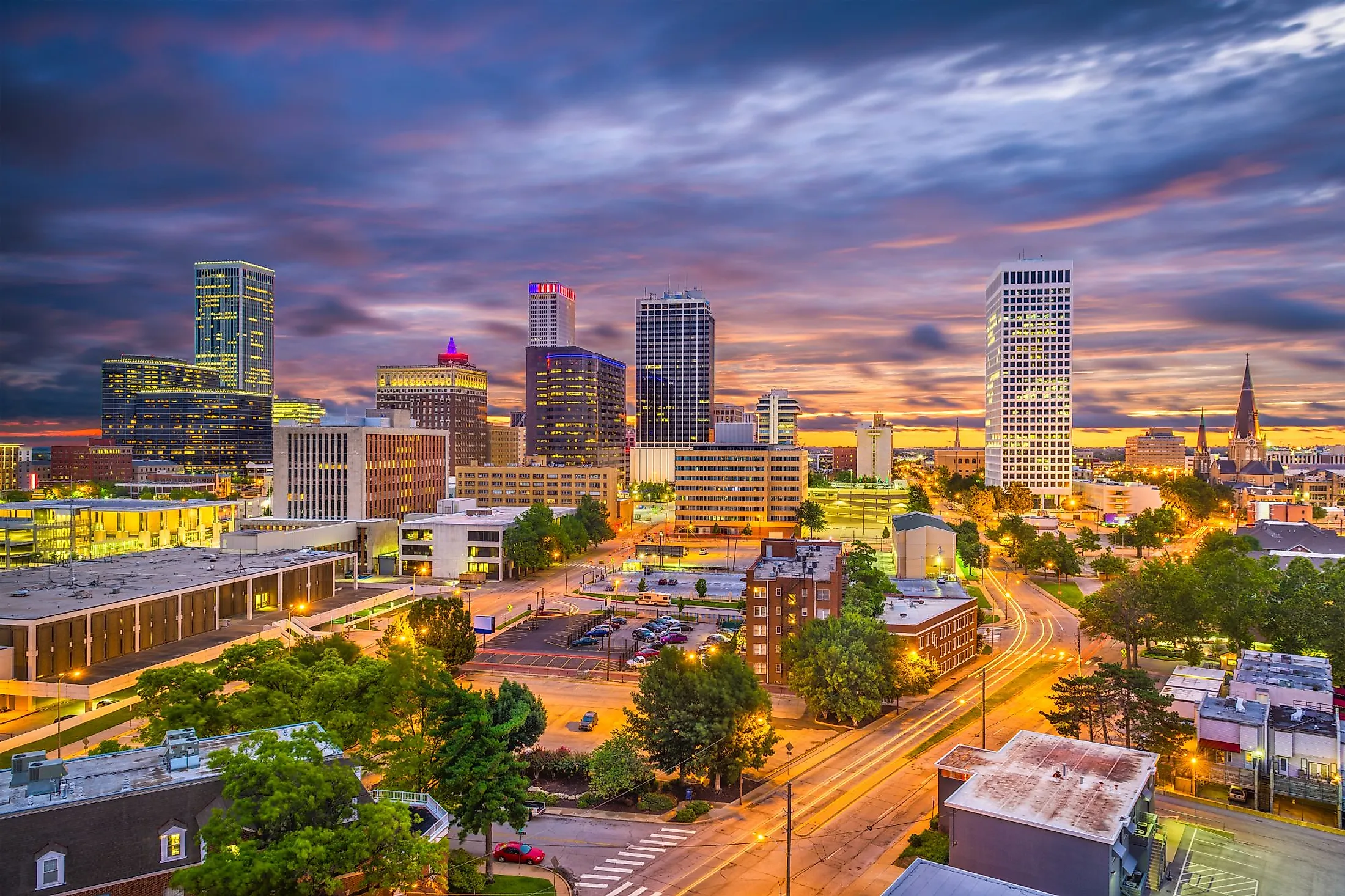
Tulsa, Oklahoma
Tulsa is a large city situated in the northeastern portion of the US State of Oklahoma. It serves as the main city of the Tulsa Metropolitan Area. Tulsa is the seat of Tulsa County, which is the state's most densely populated county. In addition to Tulsa County, the city's urban development extends into the Rogers, Osage, and Wagoner Counties. The city is located in the state's Green Country region, which is noted for its magnificent natural surroundings. Tulsa is famous for its arts, cuisine, and oil industry history.
Geography And Climate Of Tulsa
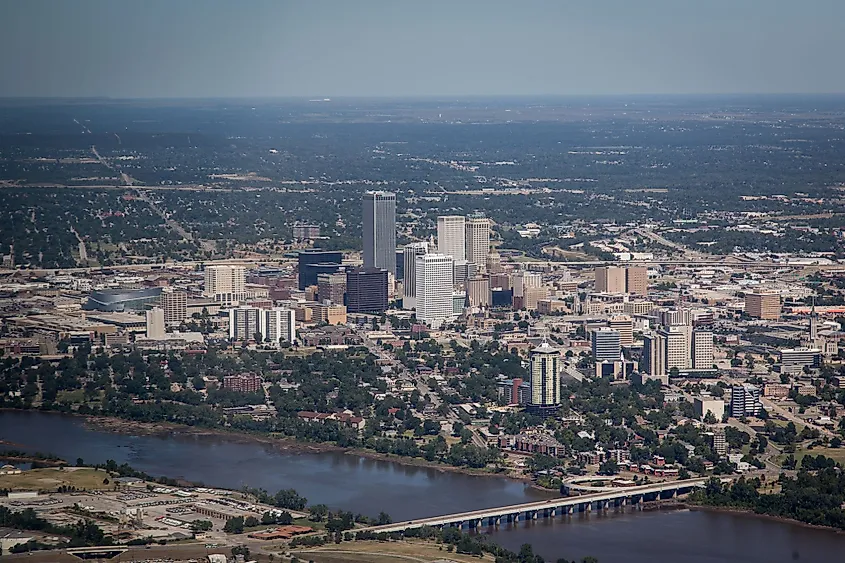
Tulsa is located in northeastern Oklahoma, about 99 miles northeast of Oklahoma City, amid a mainly wooded region of rolling hills between the border of the Great Plains and the foot of the Ozarks. Tulsa covers a total area of 522.76 sq. km, of which 10.59 sq. km is covered by water, and 512.17 sq. km is occupied by land. The city is located on the eastern edge of the Cross Timbers, a forest and prairie ecoregion that transitions from the drier plains of the west to the wetter forests of the east. Northeastern Oklahoma contains the state's most diversified geography, with seven of the state's 11 ecoregions and more than half of its state parks. The region is bounded by Kansas, Missouri, and Arkansas and has 30 lakes or reservoirs. The city is expanded on both sides of the Arkansas River, which flows through a wide, sandy channel. Although upstream flood control reservoirs control the river's flow through the Tulsa area, its breadth and depth may vary considerably throughout the year, especially during heavy rain or severe drought periods. In the area next to downtown Tulsa, a low-water dam keeps the waterway open at all times. Zink Lake is the name given to this section of the river. The city is heavily forested and has several parks and water areas. It also has numerous noteworthy hills, such as "Shadow Mountain" and "Turkey Mountain," which produce a diverse landscape, especially in the south.
Tulsa experiences a humid subtropical temperate climate with an annual average temperature of 60.8 °F and 41.0 inches of precipitation. Weather patterns vary with season, as is characteristic in temperate zones, with occasional extremes in temperature and rainfall. The city is prone to strong thunderstorms with enormous hail, destructive winds, and, on occasion, tornadoes, which provide the area with a significant percentage of its yearly rainfall. Tulsa's most pleasant months are May, October, and September, while July and August are the least pleasant.
History Of Tulsa
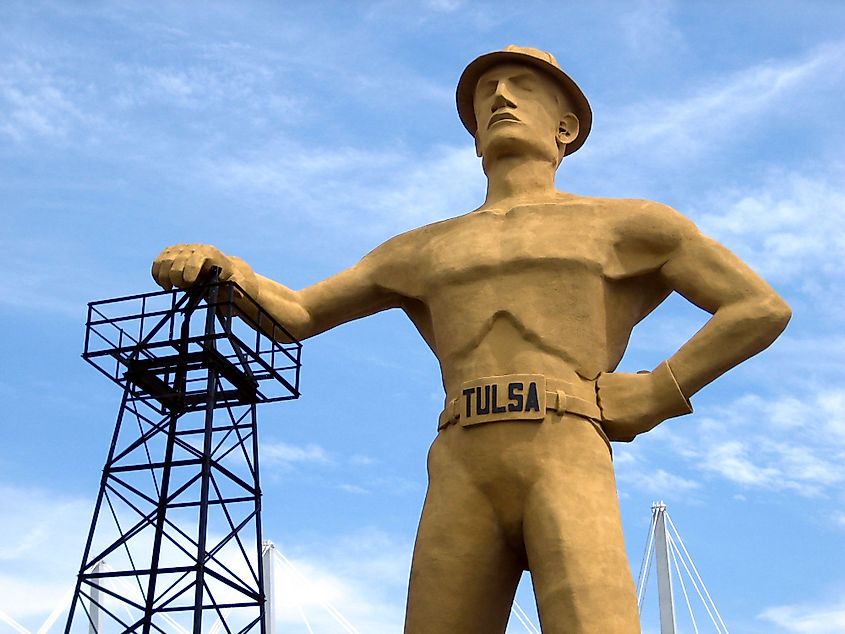
The Territory around Tulsa, known as Indian Territory at that time, was constructed to accommodate the relocation of tribes like the Creeks, Seminoles, Cherokees, Quapaws, Senecas, and Shawnees. These Native American tribes settled in the area following the adoption of the Indian Removal Act (1830), which required them to give up their lands east of the Mississippi to the Federal Government in return for Indian Territory. Individual governments were founded for each of the bigger tribes, and tribal people began new lives as farmers, trappers, and ranchers. White settlers continued to press forward, railways entered the region, and the land was officially opened in 1892, forcing all tribe members to accept individual land allotments. St. Louis and San Francisco Railroad expanded its line to Tulsa in 1882 to service the cattle industry, which was the city's initial industry. Since the end of the Civil War, ranchers and settlers, including Indians and whites, have used Tulsa as a critical trade location within a one-hundred-mile radius. As the town evolved, residents began to take an active interest in Tulsa's development, and the Tulsa Commercial Club, the forerunner of the Metropolitan Chamber of Commerce, was established. This group pushed the railways to include Tulsa on its routes and was also responsible for employing many of Tulsa's early businesses. Tulsa had a population of 1,390 only two years later, in 1900. Glenn Pool's oil field was founded in 1905. This discovery resulted in such a significant quantity of crude oil that Tulsans were obliged to build storage tanks and, subsequently, pipelines to accommodate the extra oil and gas. It also created the groundwork for Tulsa to become a leader in many oil and gas-related sectors, as well as the physical hub of the expanding petroleum industry. Glenn Pool eventually developed Oklahoma as one of the essential petroleum-producing locations in the United States.
The Population And Economy Of Tulsa
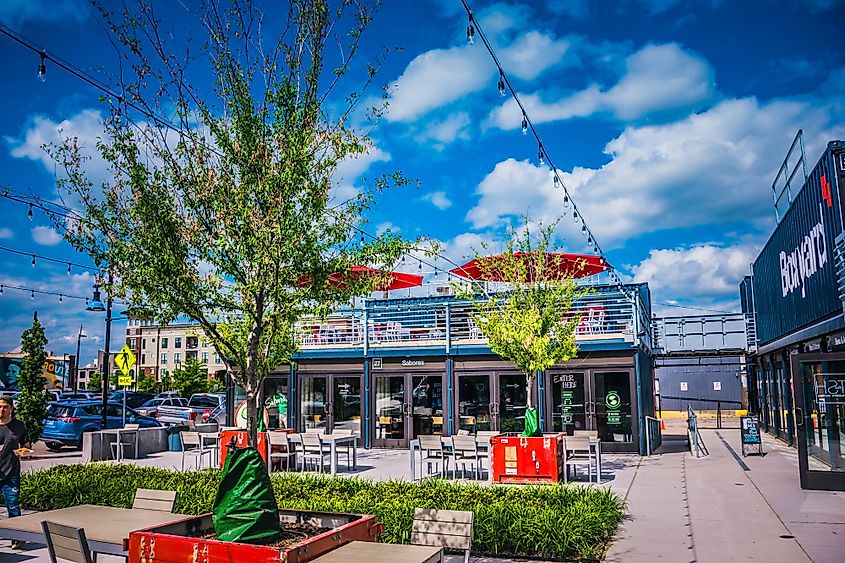
As per the latest US Census, Tulsa has a population of 403,518 people. Tulsa is increasing at a 0.19 % yearly pace, and its population has grown by 2.83 % from the 2010 census, which reported a population of 392,403 people. White people make up the majority of Tulsa's racial/ethnic groupings at 53.4 %, followed by Hispanic at 17.1% and Black at 14.8 %. According to the 2010 Census, Tulsa was one of just three Oklahoma cities that saw population declines during the preceding decade. Meanwhile, as people leave the central Tulsa area, the towns and outer suburbs expand faster. The neighboring city of Broken Arrow, for example, has expanded by 32% in the last decade.
The oil sector has traditionally been the backbone of Tulsa's economy. The United States Oil and Gas Association, originally known as the Mid-Continent Oil and Gas Association, was created on October 13, 1917, in Tulsa, Oklahoma, six months after the United States entered World War I. At the time, Tulsa was called "The Oil Capital of the World." The organization was founded to provide gasoline to Allied forces. Since its foundation, the organization has established itself as an important advocate for domestic oil and gas producers. Many prominent oil firms have had their headquarters in the city throughout the years, including Warren Petroleum, Skelly Oil, Getty Oil, and CITGO. Tulsa is now the headquarters of numerous worldwide oil and gas corporations, including Williams Companies, ONE Gas, Syntroleum, and others.
Attractions In Tulsa
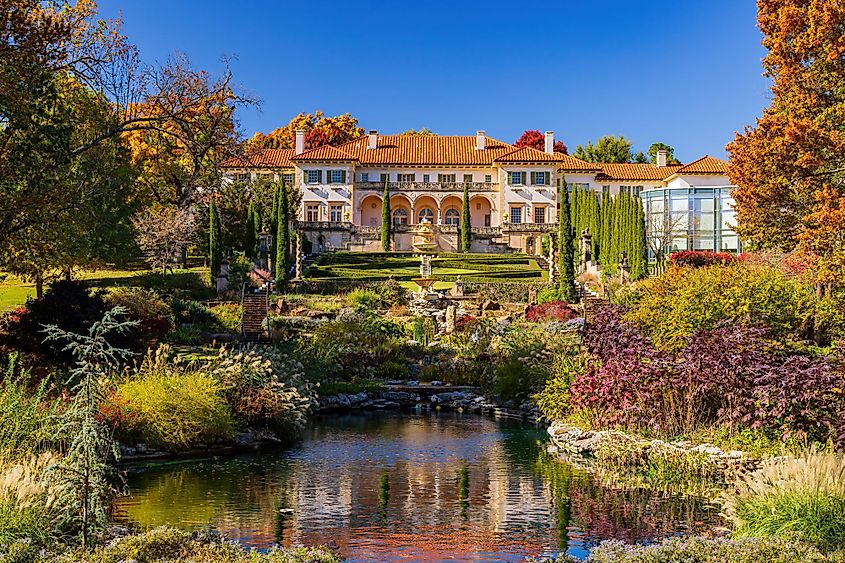
Tulsa is home to several globally acclaimed museums. The Philbrook Museum of Art, located in the former villa of oil pioneer Waite Phillips in Midtown Tulsa, is regarded as one of the top 50 fine art museums in the United States and is one of only five to provide a historical residence, formal gardens, and an art collection. The museum's extensive collection contains works by various artists such as Pablo Picasso, Andrew Wyeth, Giovanni Bellini, and others. Philbrook also has a downtown Tulsa satellite campus.
The Gilcrease Museum in Northwest Tulsa's Osage Hills houses the world's most extensive collection of American West art and artifacts. The museum displays the large collection of Native American oilman and renowned art collector Thomas Gilcrease, which includes several works by Frederic Remington, Thomas Moran, Albert Bierstadt, and John James Audubon. Furthermore, the city is home to many galleries, experimental art venues, minor museums, and display spaces scattered across the city. Living Arts of Tulsa, located in downtown Tulsa, is one of the organizations committed to fostering and preserving the city's lively arts scene.
